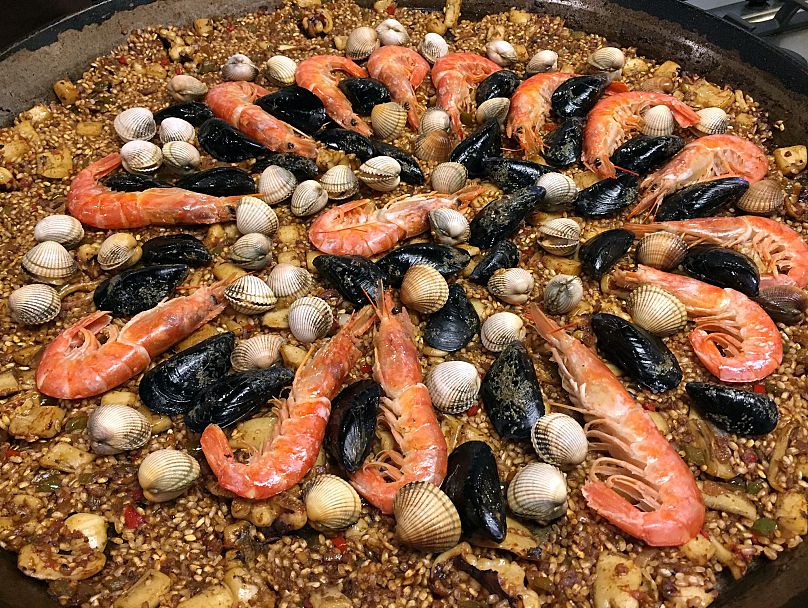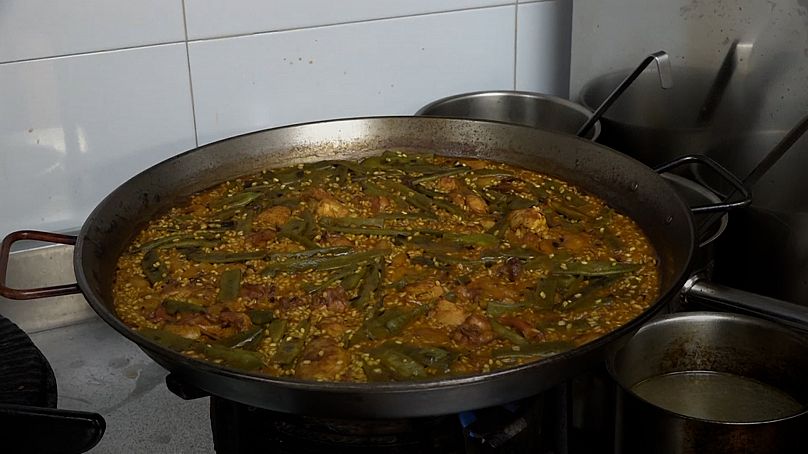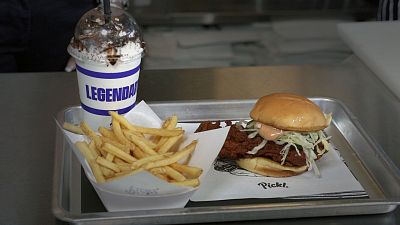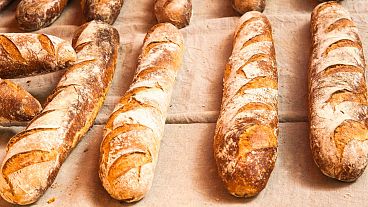Paella was declared an item of cultural significance last year – and Valencians are rejoicing that people are sharing the real ingredients for an authentic paella.
It's been exactly a year ago since authorities in the Spanish city of Valencia declared paella an "asset of intangible Cultural Interest" amid a regional tussle over the dish.
Until then Barcelona had claimed owners rights. Some Catalans have even suggested the plate is perhaps even more famous than the Sagrada Familia, or not as the case may seem.
These sumptuous-looking seafood dishes on offer in countless restaurants in Catalonia's capital are not officially paella – because they do not contain the correct ingredients.
These dishes are referred to as "arroz a banda" - Spanish for "rice on the side".
With last's years decision, Valencians officially claimed back the original authentic recipe.
Protecting Valencian cultural heritage
In Valencia, people are very protective over the intricacies of paella.
Spaniards almost unanimously consider it to be a dish from the Valencian region and many Valencians regard the dish as one of their identifying cultural symbols.
Santos Ruiz, the president of the Association for the Designation of Origin of Valencian rice (D.O. Arroz de Valencia explains that the decision doesn't mean restaurants will have to take the word paella off their menus.
"I am not really interested trying to forbid a good-natured chef in Madrid, New York City or Miami using the name paella for their recipes. Even if they don't follow our local traditional recipe," he says.
"What it is important to me is to divulge. So the world can learn what paella means for the people of Valencia. How we cook our paella. The ingredients. And the culture surrounding paella."
Diania, a small restaurant in the Gracia quarter, owned and operated by the Mascarell twin brothers, specialises in paella valenciana.
Jordi Macarell believes the new regional protective label will serve to inform the public about the differences between real and seafood paella.
"Not only the chefs, people from Valencia in general can get very angry, because they don't use those essential ingredients or modify some of them. So if they start the denomination of origin then they will have to use the proper ingredients," he says.
How do you make traditional 'paella valenciana'?
When it comes to paella valenciana there are always small variations in the recipe between Castellon, the region where the city of Valencia stands, and the southernmost region of Alicante.
But one detail remains: absolutely no seafood.
Here is Jordi Macarell's family recipe for paella valenciana:
- Over a preheated large pan known as 'paellera' he lightly fries chopped chicken and rabbit in extra virgin olive oil.
- Hand-chopped green beans and white beans are added to the mix.
- A touch of peeled tomatoes go in and the mix is left cooking on a medium heat.
- The next ingredients in the pot are saffron and sweet paprika before water is added.
- And once the water reaches boiling point, it's time for the most important element.
- The rice must be added to the boiling mix in a cross-like motion so the grains are evenly spread and mixed with the other ingredients.
- The rice must be short grain, also known as round rice or "arroz bomba".
- When cooked, the grains absorb the liquid and become tender and moist.
And there you have it – a simple, but hearty plate of paella valenciana.





